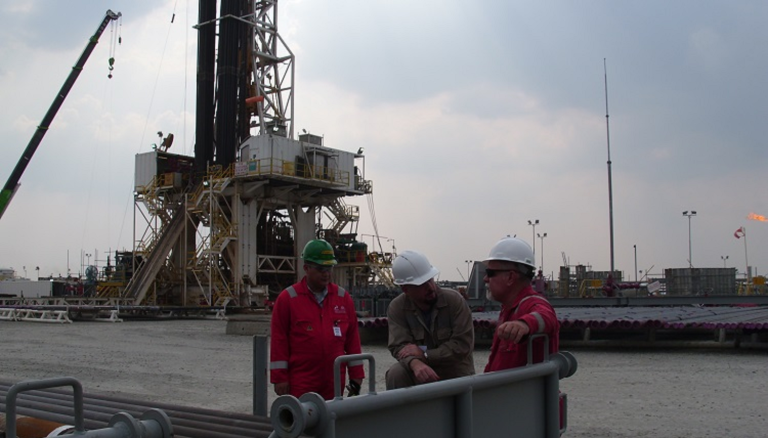
Sandia National Laboratories (SNL) has published a detailed report and compendium of drill bit performance based on the drilling of four geothermal wells as part of the Frontier Observatory for Research in Geothermal Energy (FORGE) project in southwestern Utah.
The analysis done by SNL on the drilling records from the FORGE project aim to provide some level of guidance on selection of the right drill bit for geothermal well drilling, based on location and depth, to reduce drilling costs.
“At the FORGE site, a number of wells were drilled to depths of approximately 10,000 feet, and they were largely drilled by polycrystalline diamond compact bits,” said David Raymond, a Sandia mechanical engineer and leader of the analysis. “This is one of the largest applications of diamond bits for geothermal drilling in their 40-year history. We produced a compendium of all the drill bits used and how they performed.”
The US DOE-funded Utah FORGE project is a dedicated underground field laboratory for developing, testing, and accelerating breakthroughs in Enhanced Geothermal Systems technologies to advance the uptake of geothermal resources around the world. Earlier this year, the FORGE team announced successful results from long-term circulation tests, indicating good connectivity across the stimulated geothermal reservoir.
The Sandia research team, led by Raymond and with mechanical engineer Melanie Schneider, analyzed drill rig data from the four wells drilled at the FORGE site, looking at the response data and post-operation photos of each polycrystalline diamond compact bit. Polycrystalline diamond compact bits have proven to be more cost effective than roller bits for oil and gas drilling. This compendium could help do the same for geothermal drilling.
Analysis for better bits
Four wells were drilled for injection, production, and monitoring at the FORGE site, primarily using polycrystalline diamond compact bits. These bits use the strength of lab-made diamonds in the form of disc-shaped cutters. Many of these cutters are embedded into the bit in a specific arrangement designed to best cut the rock. The industrial diamonds in these bits are tiny, grown in a lab for strength rather than aesthetics.
To evaluate drill bit performance, the Sandia team collected data on four key parameters — the force applied to the drill bit by the rig, the rotation speed set by operators, the drilling speed, and the power needed to achieve that speed — and inserted those numbers into a computer model. They used the algorithm to model the interaction between the drill bit and the rock, comparing that with the response of a single standardized diamond cutter.
Drilling costs were also considered by the team, analyzing the balance between drilling speed and distance drilled and how that plays into the cost per foot drilled by each bit. One of the leading costs in geothermal well drilling is the daily expense of renting a drill rig, Raymond said. However, Schneidier emphasized that this doesn’t mean drilling faster is always the most cost-effective solution. Depending on the depth already drilled and the time taken to get a fresh bit to the bottom of the well, a slower, steadier approach may be more cost effective, Raymond added.
“A big cost is truly how long it takes to get in and out of the hole when you’re at depth,” Schneider said. “A key take-away from our reporting is it’s not necessarily about going fast or with more force; it’s about trying to extend the bit’s life and getting the most out of each one. We’re already seeing a huge improvement in drilling performance throughout the course of the four wells at FORGE.”







